Seborrheic dermatitis: Diet
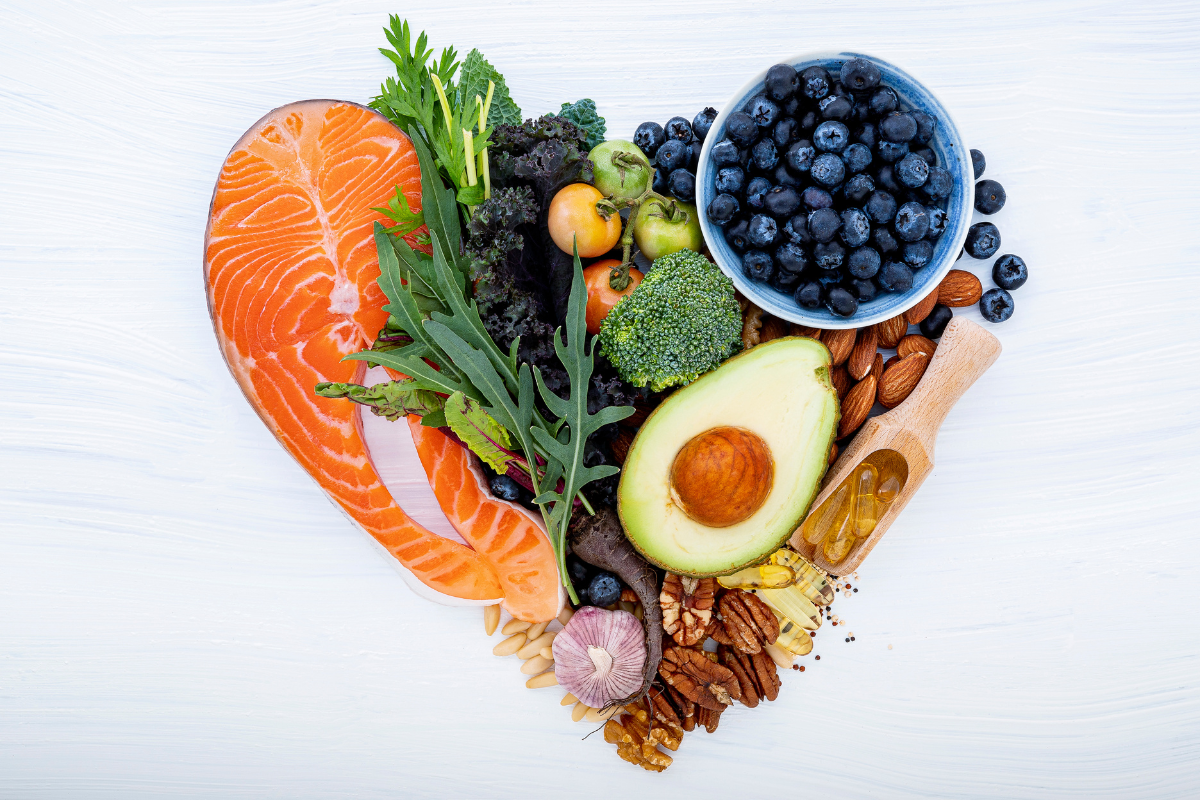
Seborrhoeic dermatitis is a skin condition that affects many, while there are lots among them who ignore this term! It is often misdiagnosed even by experts as their symptoms are confused with the ones of eczema or even psoriasis. But what is it and what cause it? Can seborrheic dermatitis be treated with nutrition?
Seborrheic dermatitis: what is it?
It is a chronic inflammatory condition in which yellowish or white flakes appear, as well as redness, greasiness and intense itch. It is usually found in areas with sebaceous glands such as the scalp, eyebrows, nose sides, the area behind the ears and the groin.
In people with seborrhoeic dermatitis there is excessive proliferation of yeast Malassezia, a species naturally present in our skin. The reasons why some develop this dermatopathy while others don’t is not yet clear but it is likely to be related to their immune response to this yeast. Stress, as well as cold climates, seem to trigger the outbreak of the phenomenon, while symptoms in the summer are reducing with sun exposure.
Seborrheic dermatitis: Diet
Diet is directly related to what’s going on in our bodies. What we eat can either help us or block us in our efforts to deal with any illness. The same happens with seborrhoeic dermatitis. How can we help our body deal with the annoying symptoms?
-
Table of Contents
Anti-inflammatory diet
An anti-inflammatory diet that reduces inflammation, such as Mediterranean Diet, can help us deal with various inflammatory conditions, like seborrhoeic dermatitis (1). Put fresh fruits and vegetables into your life, fish, raw nuts and avoid junk foods, processed carbohydrates, sweets and red meat (2).
-
Omega 3
Omega 3 fatty lipids play a decisive role in this effort. Many studies have shown that omega-3 help in reducing inflammation and can assist in our try to calm down seborrheic dermatitis (1). Choose foods rich in omega-3 such as fish, e.g. salmon, mackerel, sardines etc., flax seed and its oil – known as linseed oil, walnuts and other nuts. You can also get some supplements with omega-3.
-
Anti-Yeast Diet
It seems that many people with seborrhoeic dermatitis see improvement in their symptoms when they restrict from their diet foods made with yeasts such as breads, cheeses, beer and other nearby foods. So you can limit them for a while and notice if there are changes in your skin. Combine this diet with probiotics. Probiotics will help you strengthen your gut with healthy bacteria!
So try to make these changes in your diet combined with skin products and shampoos for seborrhoeic dermatitis and see your skin change!
Find at Vita4you.gr a variety of products for seborrhoeic dermatitis.
Sources
(1)http://projects.hsl.wisc.edu/SERVICE/modules/24/M24_CT_Seborrheic_Dermatitis.pdf
(2)https://www.webmd.com/diet/anti-inflammatory-diet-road-to-good-health#1
Disclaimer
The content of this blogspot is not and can not be considered as medical advice, diagnosis or treatment. All information is provided to readers solely for informational purposes. There is no intention to substitute this content for personalized medical advice, diagnosis, prognosis or treatment.

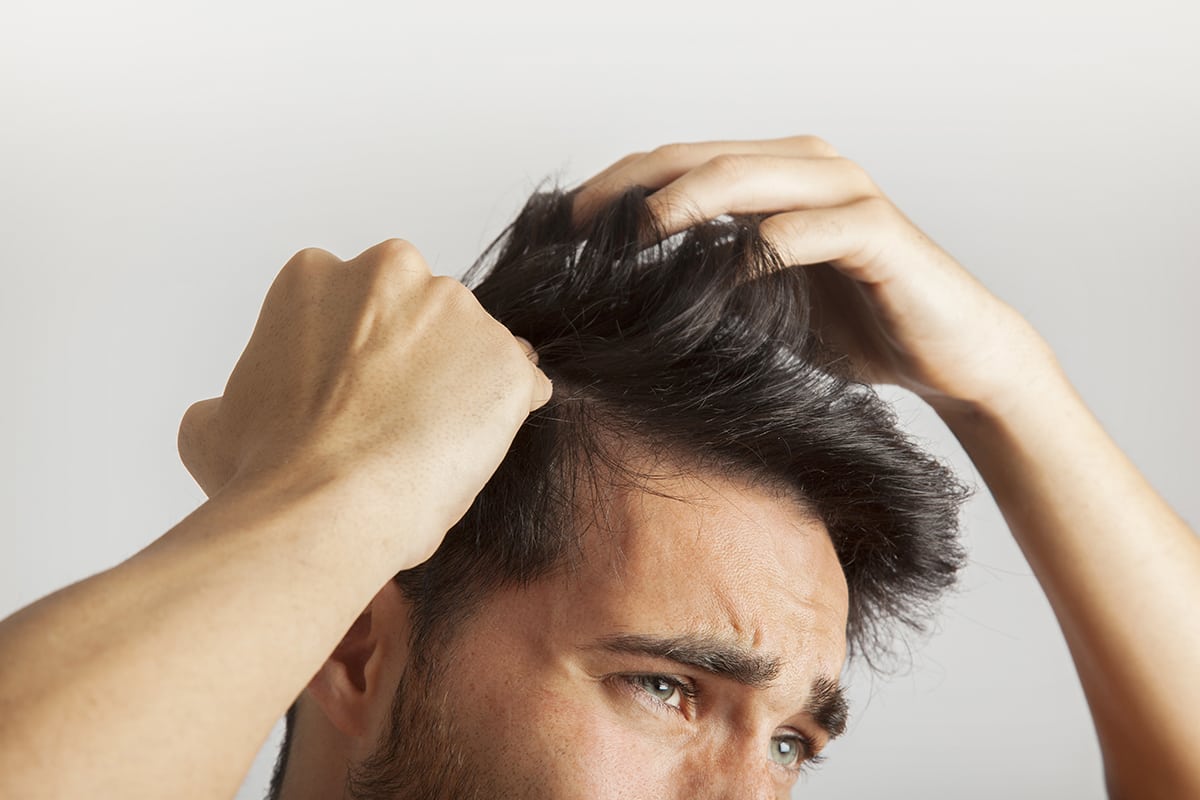
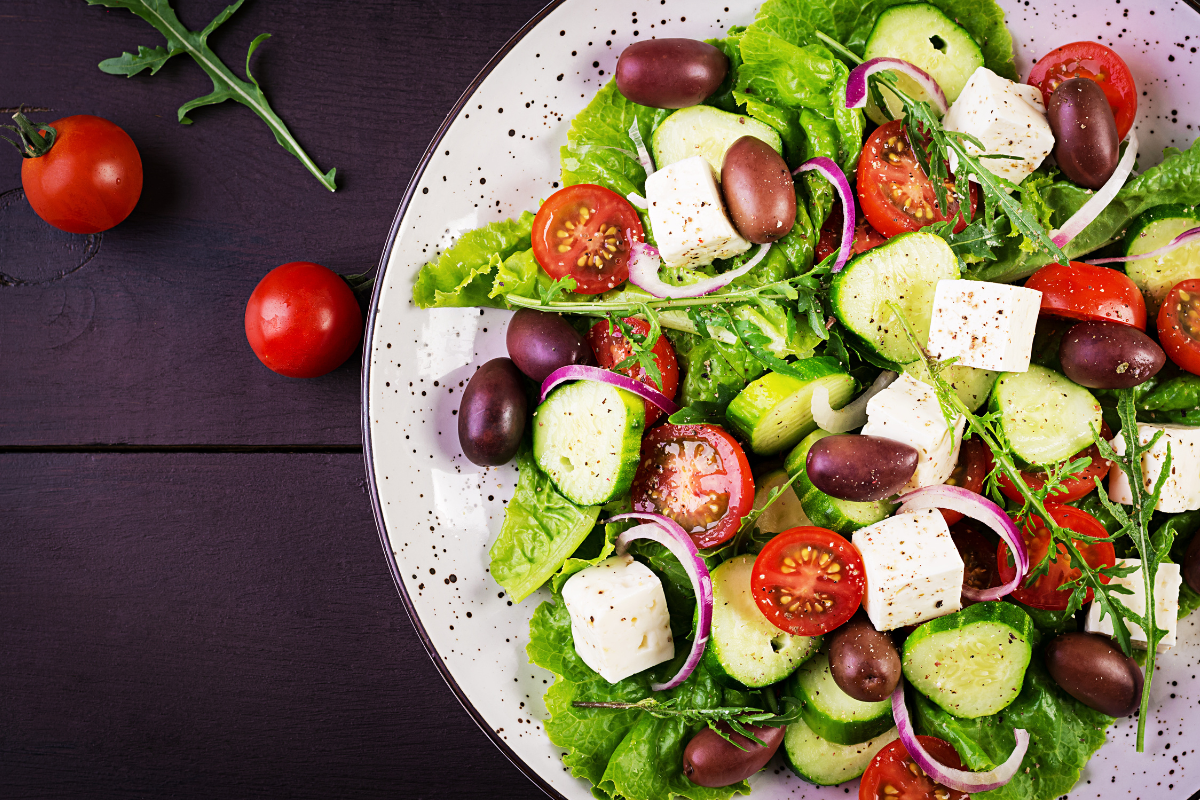

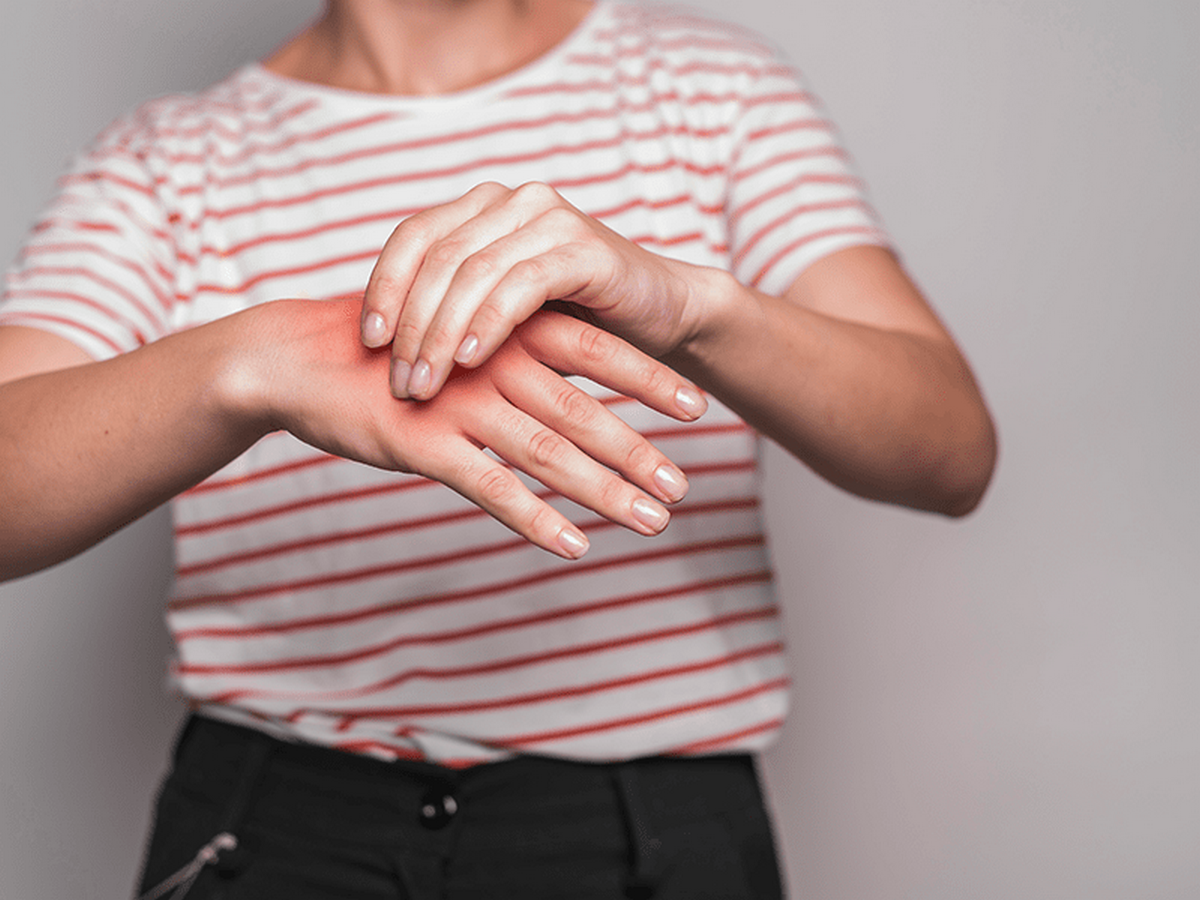

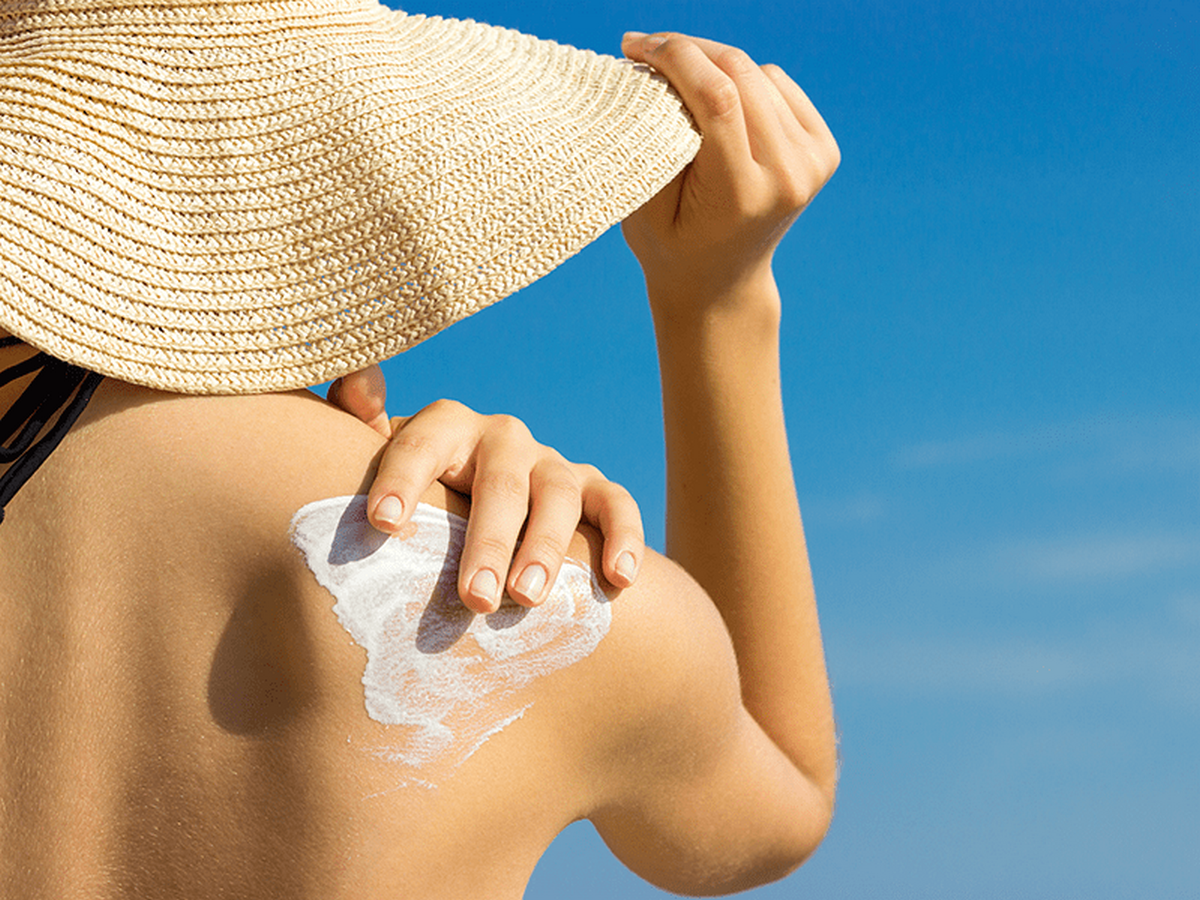
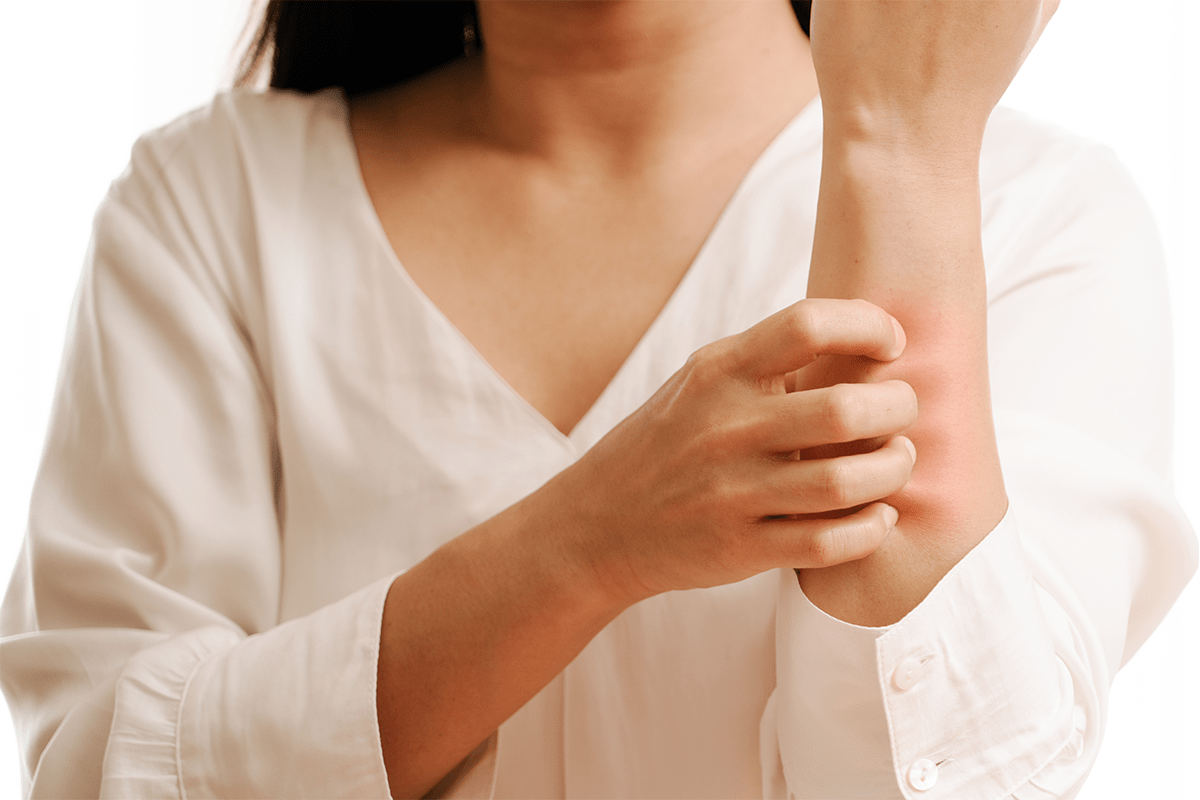

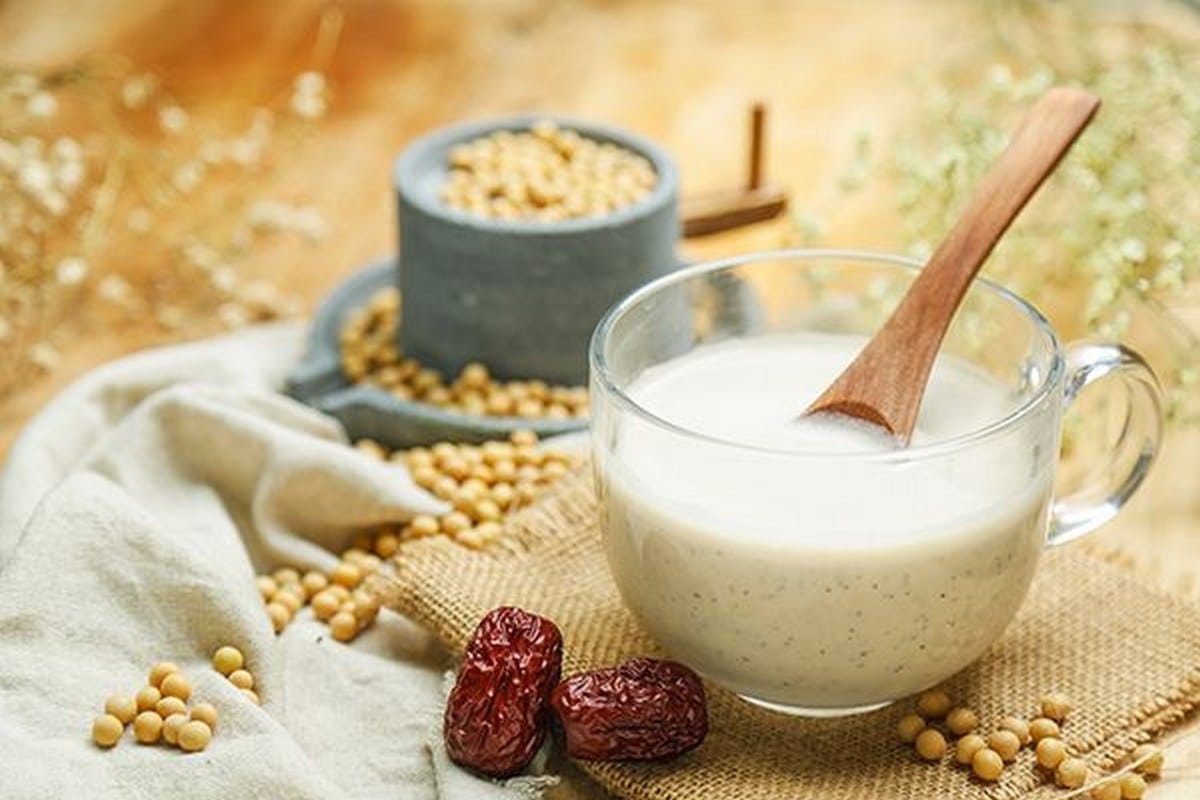

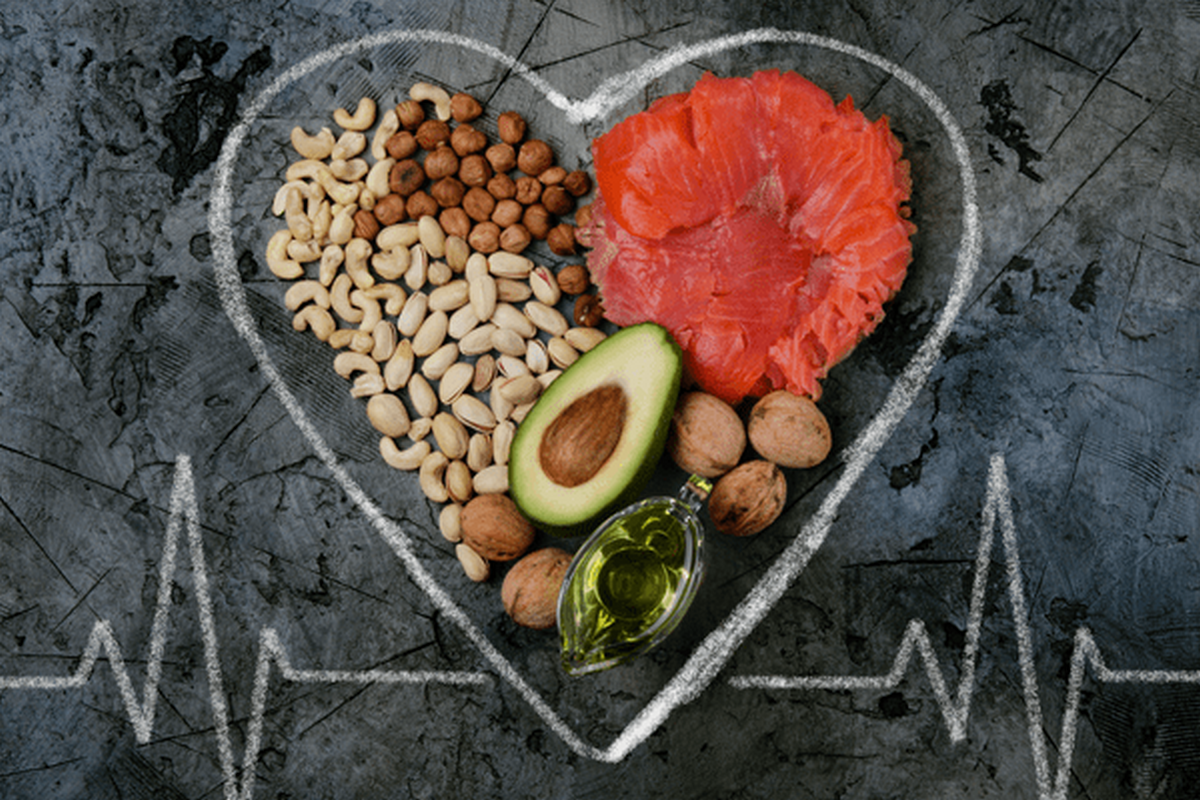

Leave a comment